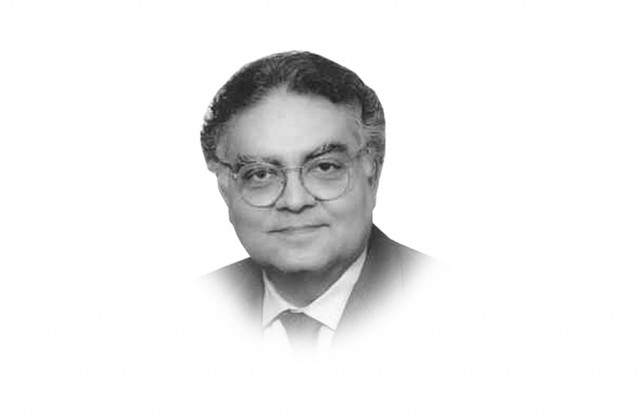
Three main waves of revolution in the western world followed the French Revolution between 1815 and 1848: The first wave (1820-4) emanated from Spain (1820), Naples (1820) and Greece (1821). The second wave of revolution occurred in Europe, west of Russia, with the overthrow of the Bourbons in France, which sparked uprisings in Belgium (1830), Italy, Germany and even the now serene Switzerland. The third and perhaps the biggest revolutionary wave swept Italy, the German states and most of the Hapsburg Empire (1847). As Eric Hobsbawm remarks, what began in a single nation (France) in 1789, became the “springtime of peoples of an entire continent”.
The 20th century saw a surge of nationalist movements against colonial rule in many of the countries of Asia, Africa and Latin America. In the early to mid 20th century, socialist revolutions inspired by Marxist ideology erupted, whereby parties representing the interests of workers or peasants overthrew the ruling elite, such as in Russia (1917), China (1949), Vietnam (1954) and Cuba (1959).
What we are observing today is a new wave of revolution, yet it is different from the earlier waves of the 19th and 20th centuries in terms of four significant features: 1. The revolutionaries are primarily non-violent, although the state response is not. Scores were killed in Egypt when goons from the government party attacked the crowd and dozens of casualties occurred in Bahrain and Libya when troops fired on demonstrators. A brutal blood bath occurred when the Libyan air force bombed peaceful protestors. 2. It is not representing a specific class, but broad sections of society opposing authoritarian rule. It has an agenda of economic and political inclusion within a democratic framework. 3. It is led neither by a party nor iconic individuals exercising centralised control over the movement. Rather, a decentralised set of young political activists organise, coordinate and sustain mass demonstrations. 4. It is utilising new means of political mobilisation, unique to the early 21st century, drawn from new forms of information technology such as Facebook, Twitter, blogging, cell phones and interactive global television networks.
The crowd behaviour in Tahrir Square demonstrated an interesting sociological phenomenon: Individuals, through their proximity in a massed assemblage and their shared aspirations, felt a sense of efficacy and power. The people were experiencing themselves in a new way as subjects of history. They were also experiencing themselves being experienced by the world community on global television. It is this sense of being part of the movement of history and a spectacle on the world stage that perhaps energised and sustained the demonstrators.
It is significant that, like the earlier waves of revolution in Europe, the new revolution in the Middle East has also spread across national boundaries to engulf a whole region: First Tunisia, then Egypt, followed by Libya, Yemen and Bahrain. There is continuity yet change in the ideas that inspire a new generation to build a better future. The ideas of freedom, equality and fraternity that were embodied in the French Revolution still move the new revolutionaries in the Middle East. Yet they have been given new meaning by contemporary concerns: The arms held high, the syncopated chants and the joyous faces celebrate the efficacy of the new dimensions that the young generation has brought to revolution. Compassion rather than violence can be a source of power, transcending the ego can open the portals to the heart that pulsated in Tahrir Square and the darkness of hate and fear can be overcome by the light of love and freedom. As people link arms across religious, ethnic and national identities, they create a new and irresistible human solidarity for change.
Published in The Express Tribune, February 23rd, 2011.













COMMENTS
Comments are moderated and generally will be posted if they are on-topic and not abusive.
For more information, please see our Comments FAQ